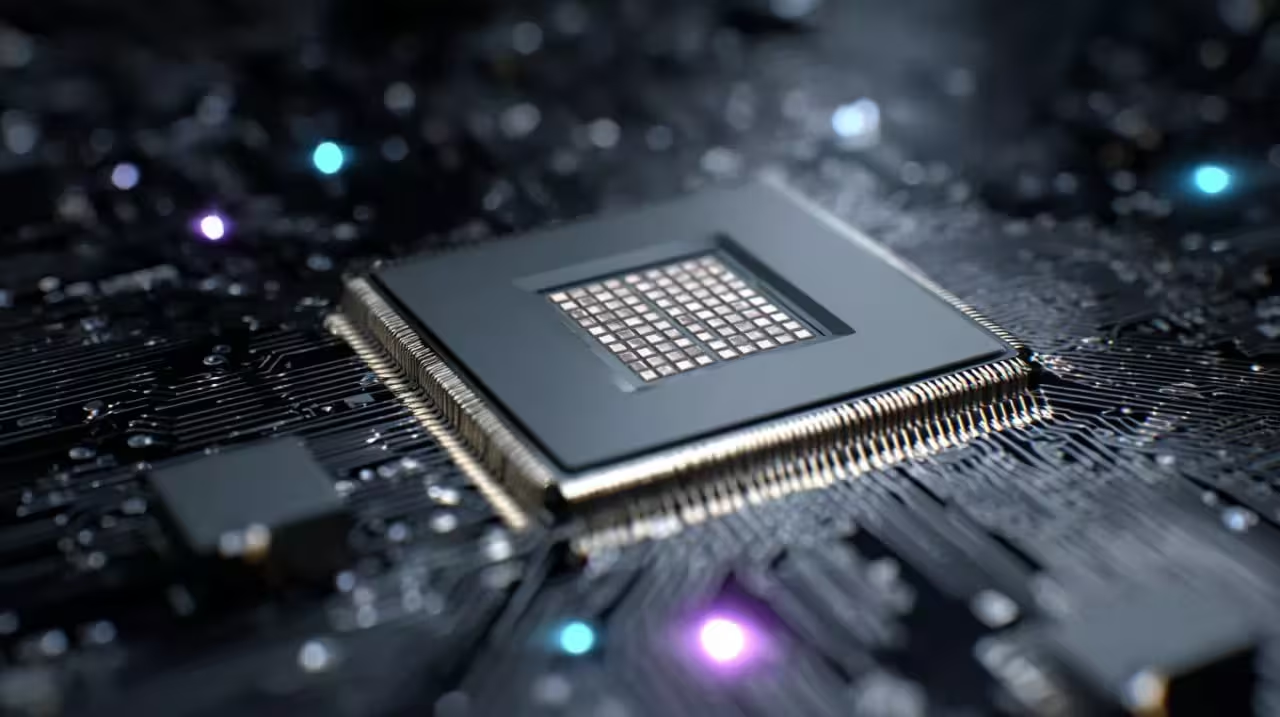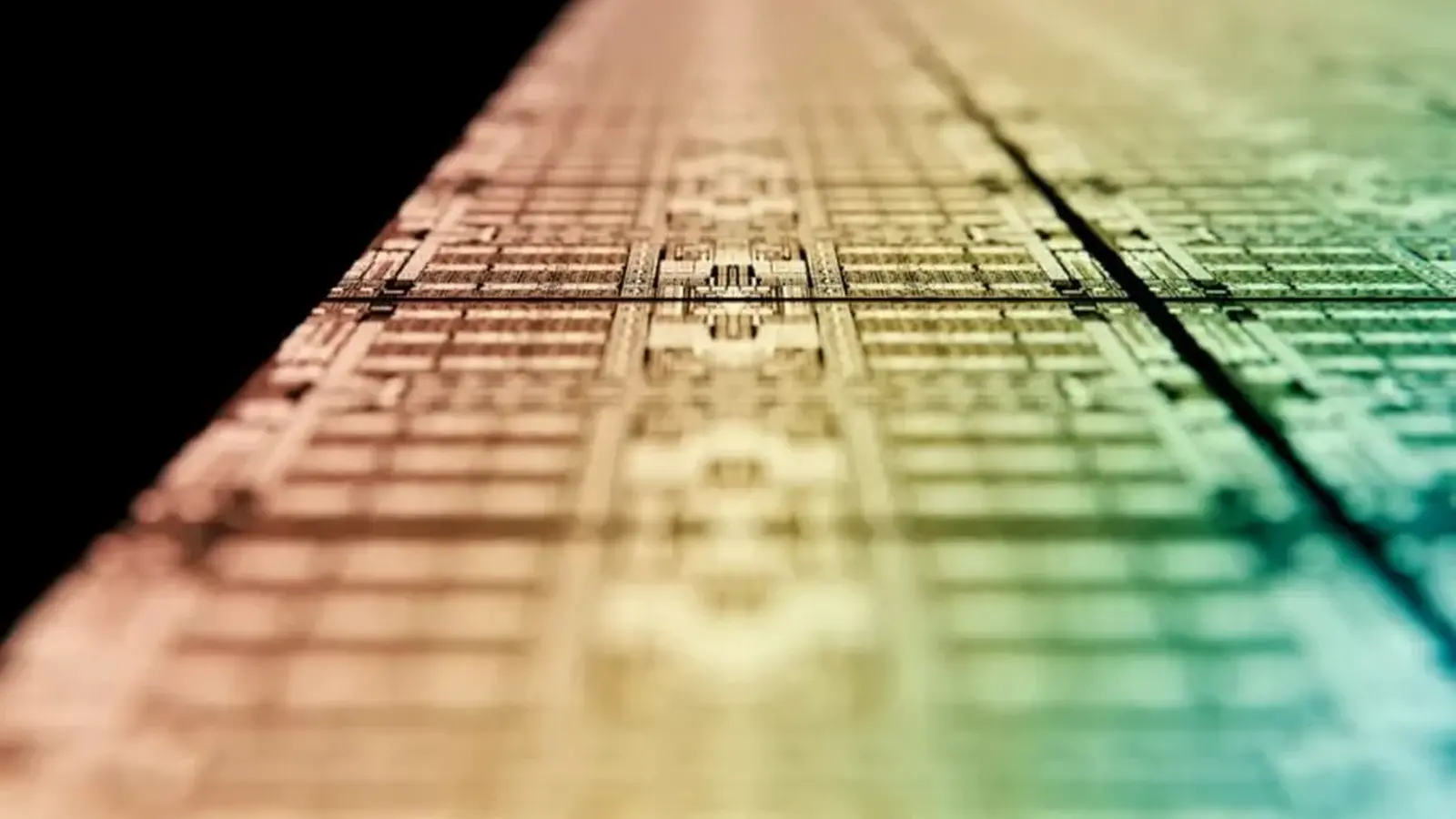3 Minutes
Substrate, a U.S. startup, says it has built a lithography tool that uses X-ray light to print very fine patterns on silicon wafers — promising ASML-like precision at a fraction of the cost. If the claim holds, it could reshape chipmaking economics and boost U.S. ambitions to onshore advanced semiconductor production.
A cheaper path to high-resolution lithography
The company says its prototype leverages X-ray lithography to achieve the same high-resolution features currently produced by the Dutch firm ASML’s multimillion-dollar machines. ASML’s top EUV systems can cost upwards of $400 million apiece; Substrate’s pitch is that similar capabilities can be reached with far lower capital outlay.
In an interview with Reuters, Substrate CEO James Proud framed the startup’s mission around reducing the overall cost of chip production by building essential equipment more affordably than legacy vendors. Specific cost figures for wafers produced with Substrate’s tools have not been released yet, and the path from prototype to high-volume manufacturing remains technical and commercial heavy-lift.
Why the industry is watching
Analysts say the potential impact is broad. A SemiAnalysis analyst told Reuters that if Substrate truly cuts lithography costs, not only could mainstream chipmakers benefit, but space-sector and other high-performance markets might too. Still, translating lab-scale innovation into reliable, factory-ready tools is notoriously difficult.

- Technical risk: lithography demands extreme precision and throughput.
- Market incumbents: ASML and foundry leaders like TSMC dominate advanced-node production.
- Supply-chain implications: a U.S.-based toolchain could reshape geopolitics in semiconductors.
Geopolitics, investment, and national strategy
Substrate’s announcement hits amid a broader U.S. push to bring chip manufacturing back onshore. The U.S. government has recently taken stakes in semiconductor firms and increased funding for domestic capacity; restoring advanced fabrication to American soil is a stated policy goal of senior officials.
If Substrate scales successfully, the economic and security implications would be significant: more domestic capability, reduced dependence on overseas suppliers, and a potential new challenger to dominant foundries like TSMC in advanced AI chip production.
Funding and the road ahead
The startup has already attracted strategic backers, including In-Q-Tel, and has raised about $100 million in funding that pushed its valuation above $1 billion. That cash will be vital for engineering, qualification, and the long runway required to validate new lithography systems in commercial fabs.
For now, Substrate’s claims are an intriguing early chapter in a larger story: can a nimble U.S. startup take on ASML’s entrenched technology and pricing? The answer will depend on rigorous testing, factory integration, and whether customers are ready to adopt a new lithography platform.


Leave a Comment